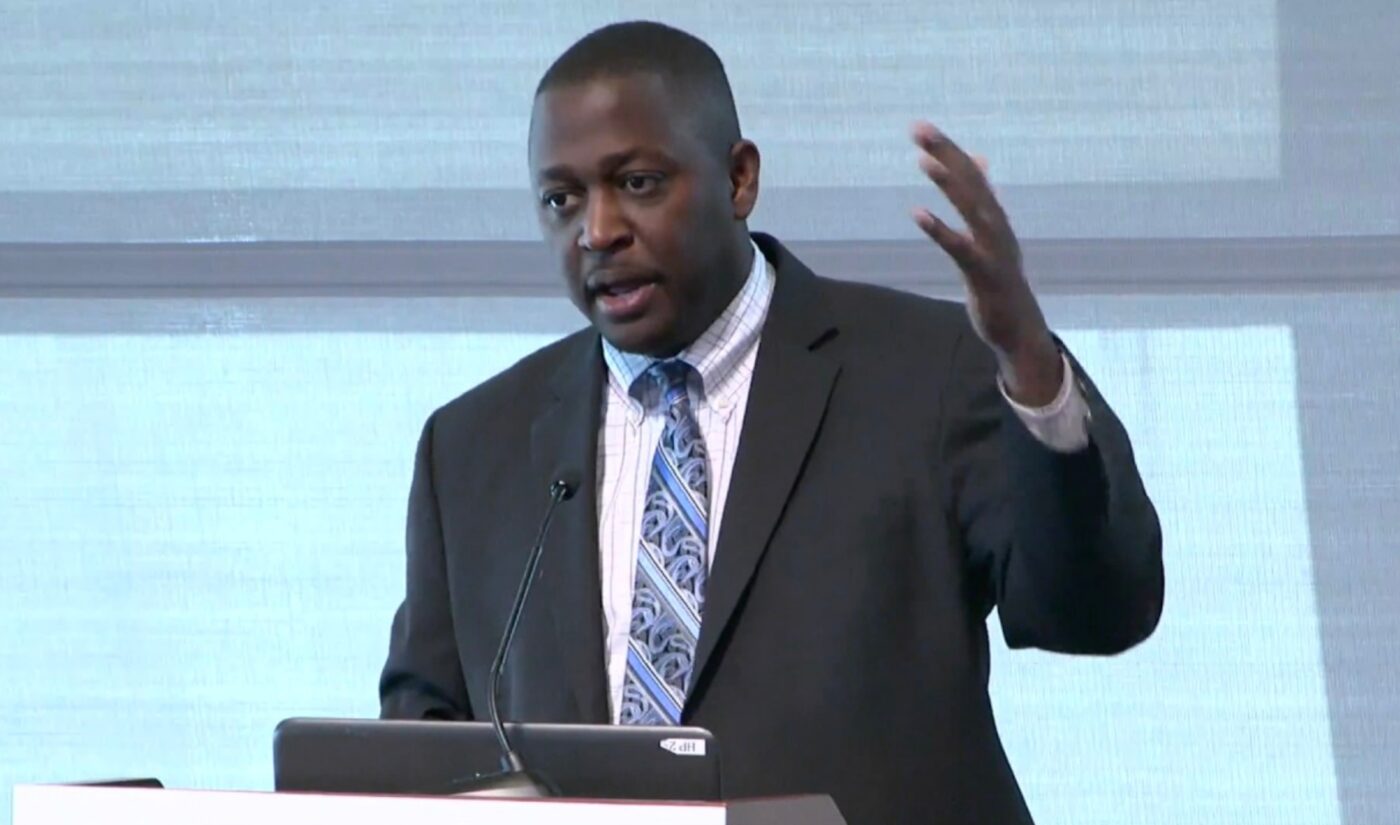Across all social media platforms, eating disorder videos are a concerning trend. In hopes of cracking down on what it calls “imitable behaviors,” YouTube is introducing new rules for videos that depict disordered eating.
YouTube’s Community Guidelines prohibit content that glorifies or celebrates eating disorders. Now, the platform is taking its moderation efforts to the next level. “On April 18, 2023, we updated our eating disorders policy to better protect the community from sensitive content that may pose a risk to some audiences,” reads an update within YouTube’s Community Guidelines. “We may remove imitable content, age-restrict content, or show a crisis resource panel on videos about eating disorders or self-harm topics.”
As laid out in the Community Guidelines, YouTube creators are less likely to see their eating disorder videos removed or age-restricted if they share their stories in “a supportive and non-harmful way.” When those videos do get removed, YouTube will notify creators to help them play by the rules moving forward.

Subscribe to get the latest creator news
The new rules resemble the moderation tactics YouTube has applied to other global health crises, such as vaccine skepticism and unsafe abortions. Medical misinformation has been a long-term issue on YouTube. In 2021, the platform looked to counter misleading health advice by establishing an in-house team of experts led by Dr. Garth Graham (pictured above). Dr. Graham and his unit have attempted to replace sketchy medical videos with commentary from professionals and personal stories from creators.
With eating disorder videos on the rise, YouTube’s health experts are looking to strike a proper balance. “We’re thinking about how to thread the needle in terms of essential conversations and information that people might have,” Dr. Graham told CNN, “allowing people to hear stories about recovery and allowing people to hear educational information but also realizing that the display of that information…can serve as a trigger as well.”
In the battle to control eating disorder videos, YouTube is not alone. TikTok has made a push to direct viewers to helpful resources when they enter search strings related to eating disorders. Despite that effort, it’s still too easy for teens to find harmful videos through apps like TikTok and Instagram. In February, TikTok got hit with a personal injury lawsuit related to its proliferation of eating disorder videos.
YouTube may not offer as much eating disorder content as its short-form rivals, but its viewers and creators have dealt with serious body dysmorphia issues. “I just think that growing up on social media gave me eating issues as a kid,” YouTube star Emma Chamberlain said in 2020. “Almost every person I’ve met has had some form of an eating disorder.”
Hopefully, the latest updates to YouTube’s Community Guidelines will help reverse that trend. Graham told CNN that “these are complicated, societal public health [issues],” but he believes that he and his team have “understood the challenges” in front of them.








